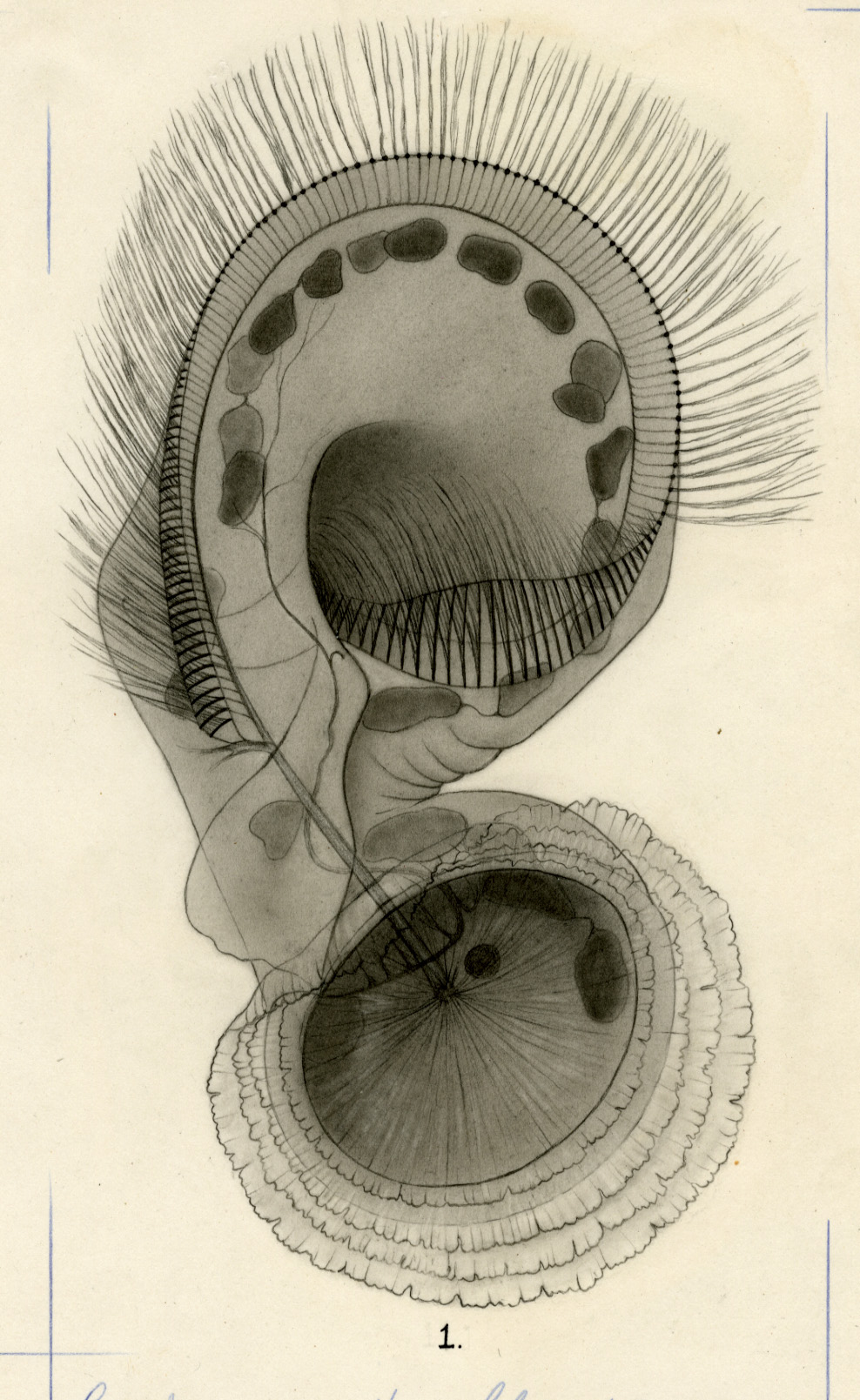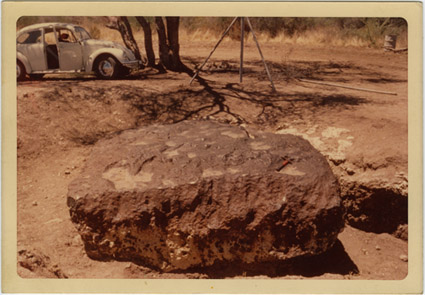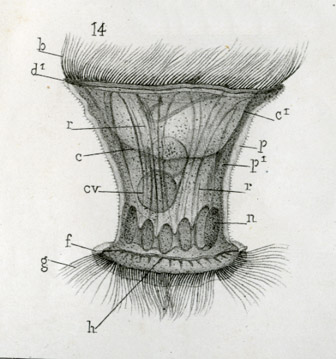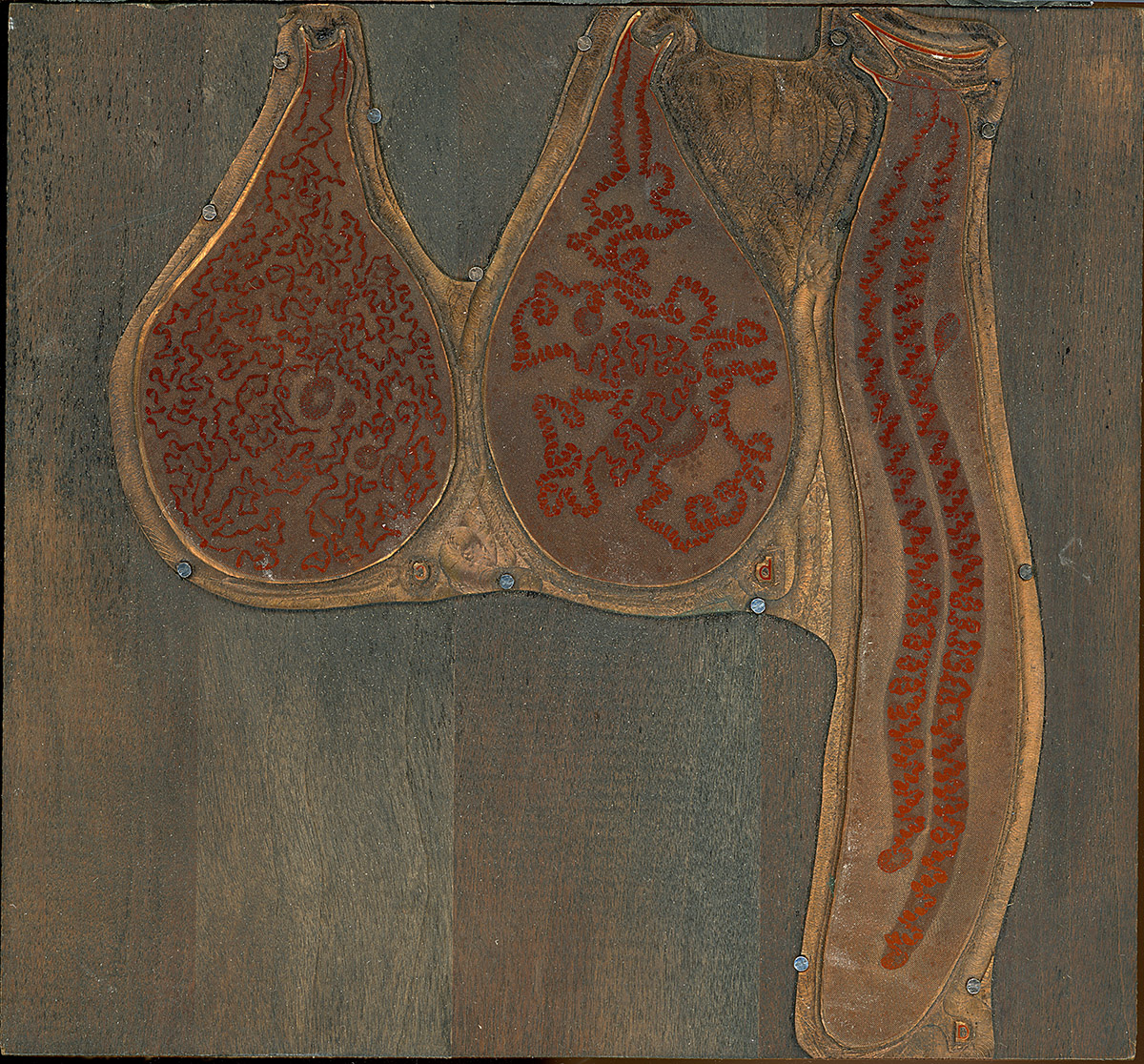Gregory A. Antipa Papers
A specialist in ciliate development and ecology, Gregory Antipa received a doctorate in Zoology at the University of Illinois in 1970, and since 1978, has been on faculty at San Francisco State University. Working with Paramecium, Conchophthirus, and other taxa, Antipa’s research has ventured into structure/function relationships, chemotaxis, and cellular adaptations, and he has been involved in research into the decomposition of organic wastes by protozoa. He is a member of several professional organizations, including the American Society for Cell Biology,the Microscopy Society of America, and the International Society of Protistologists.
The Antipa collection consists primarily of electron micrographs of ciliates Condylostoma, Trichodina, Conchophthirus, and the mussel encommensal Mytilophilus, along with a lab manual on protist culture and assorted notes.





